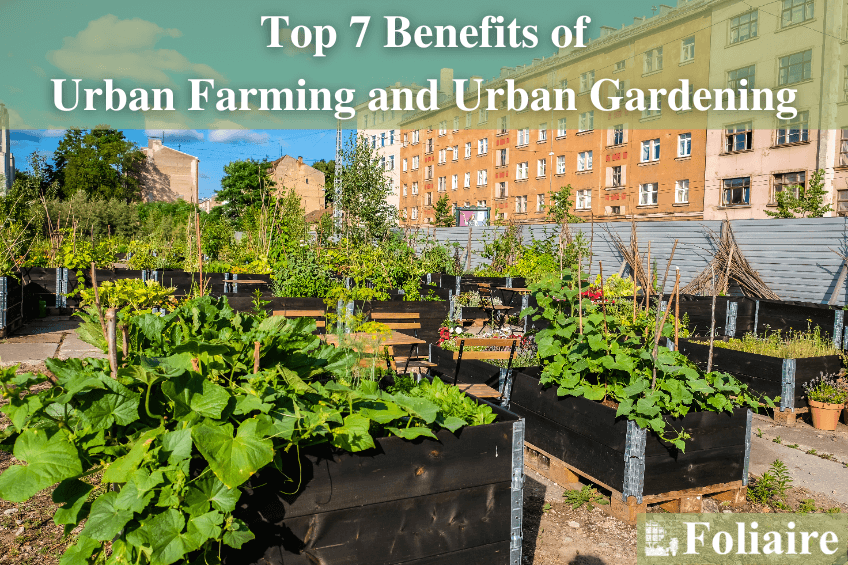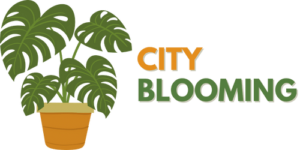City Blooming - Truths
Wiki Article
How City Blooming can Save You Time, Stress, and Money.
Table of ContentsThe Basic Principles Of City Blooming 3 Easy Facts About City Blooming Described10 Simple Techniques For City BloomingTop Guidelines Of City BloomingCity Blooming Can Be Fun For Anyone
Intrigued in expanding food available for sale in the City of Chicago? Considering starting a neighborhood garden? Adjustments to the Chicago Zoning Regulation enable farming usages like neighborhood gardens and city ranches in numerous parts of the city. Below is a list of regularly asked questions relating to the guidelines and policies that cultivators must think about when preparing an urban agriculture job.
The zoning amendment does not change any type of other codes taking care of composting, structure authorizations, buying or leasing City possessed home, organization licenses or ecological contamination. There are existing codes that control these issues and they continue to be in full result and might be appropriate to your project. Neighborhood gardens are generally had or taken care of by public entities, civic companies or community-based organizations and kept by volunteers.
Urban farms grow food that is intended to be marketed, either on a nonprofit or for-profit basis. Due to their industrial objective, metropolitan farms require a company license.
Some Ideas on City Blooming You Need To Know
Composting is permitted however just for plant product that is created and used on site. The quantity of compost product can not exceed 25 cubic lawns at any kind of offered time according to the requirements in 7-28-715 of the City's Municipal Code. Yes. Due to the fact that the dirt at a lot of brand-new garden sites requires modifying, garden compost, dirt, timber chips, or other materials can be obtained to build or enhance the expanding area - eco-friendly practices.
If a structure license is required after that the hoophouse will be taken into consideration an accessory structure. You can discover more about the structure license demands by getting in touch with the Division of Buildings. The 25,000-square-foot size restriction is planned to stop a single neighborhood garden from dominating a provided block or diminishing the block's existing domestic or industrial personality.
The restriction does not use to yards located in Public Open Room (POS) areas. Can there be even more than one area garden that is 25,000 square feet on a solitary block? Yes. The dimension limit puts on private yards, not to private blocks. No. Fencing is not called for, nevertheless, gardens that have large auto parking areas may be called for to mount secure fencing or other landscape design attributes.
The Buzz on City Blooming
B1 & B2 areas call for that all business usage activities be conducted inside your home. Is fencing needed for city farms? Fences might be needed, along with landscaping and testing, for particular vehicle parking areas and outside job or storage space locations depending on place and the specific task taking area.Yes. Urban farms call for structure permits and zoning authorizations balcony and patio garden design before building and construction. Other types of city review might be required relying on specific frameworks, activities, dimension, landscape design, licensing, public health and stormwater management concerns. A lot of these demands are identified in the job design or permitting procedure, nevertheless, the candidate may be responsible to independently determine details licenses or permits that might be called for.
Yes. The sort of license is identified by what is occurring at the site. The Division of Company Affairs and Customer Defense can aid identify the specific sort of company permit that's required. Yes. Off street car park is needed for the majority of commercial tasks in Chicago. The called for number of car park rooms is based upon the number of employees functioning on site and not the square footage of the expanding room.
5 Simple Techniques For City Blooming

A city ranch can sell compost product generated on website, nevertheless, the procedure has to comply with the guidelines in 7-28-715 of the Chicago Municipal Code. Aquaponic systems are enabled indoors on city ranches in lots of zoning areas.
As much as five hives or nests of honey bees might be kept as an accessory usage. Beekeepers must register with the Illinois Division of Farming. To learn more about the suggested zoning amendment you might get in touch with the Division of Real Estate and Economic Growth, Bureau of Planning and Zoning at 312.744.8563.
, which takes location in country locations at the edge of residential areas.
The 7-Second Trick For City Blooming
It can entail a movement of organic cultivators, "foodies" and "locavores", who look for to develop socials media based on a shared principles of nature and community holism. These networks can establish by way of formal institutional assistance, ending up being integrated into regional town as a "transition community" movement for lasting city development.In either case, the more straight accessibility to fresh vegetable, fruit, and meat products that may be know via city agriculture can improve food safety and food safety and security while decreasing food miles, bring about lower greenhouse gas exhausts, thus contributing to environment adjustment reduction. Several of the very first proof of metropolitan farming comes from Mesopotamia.
Report this wiki page